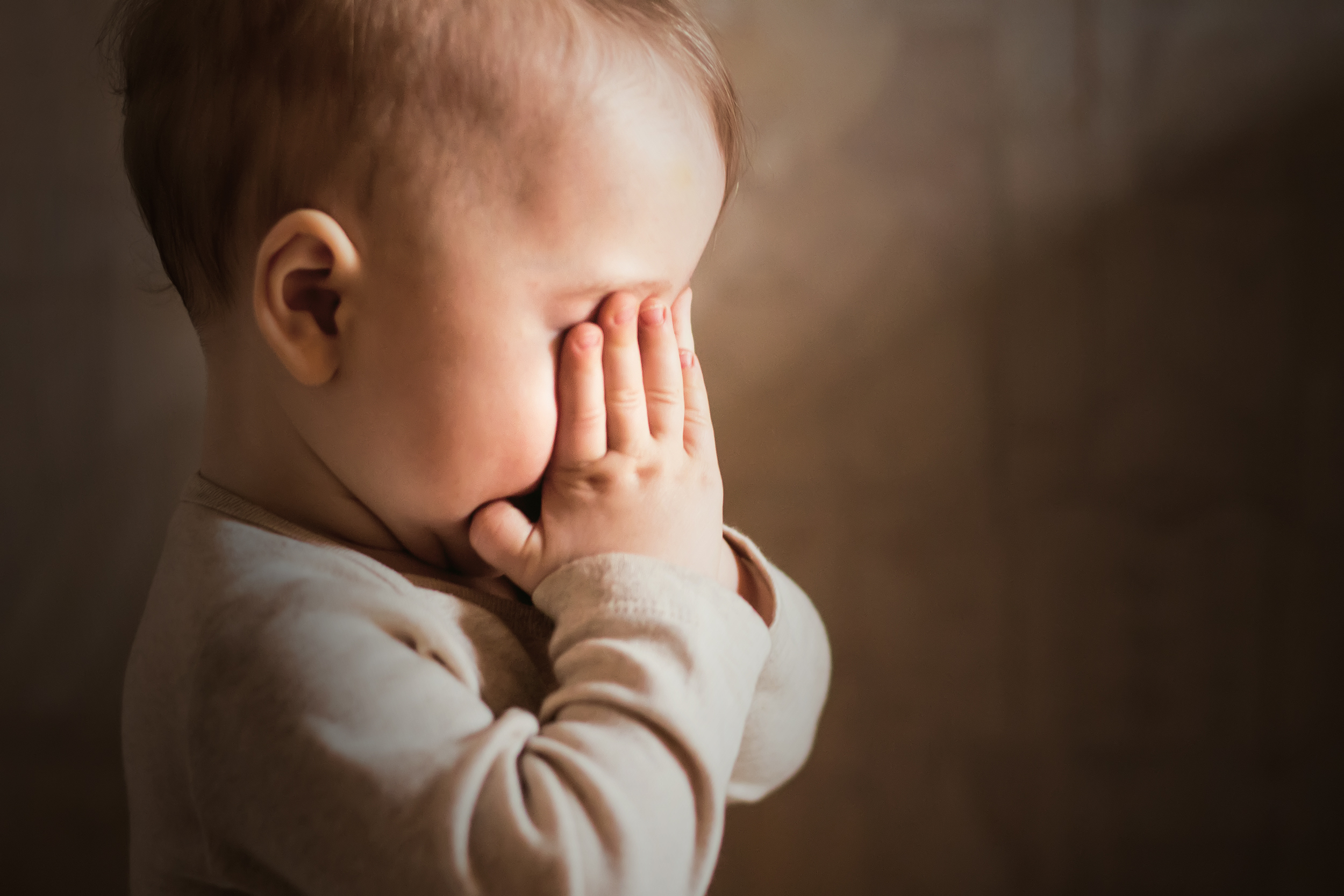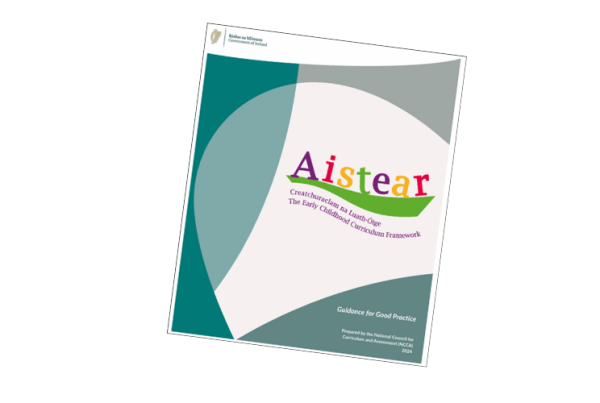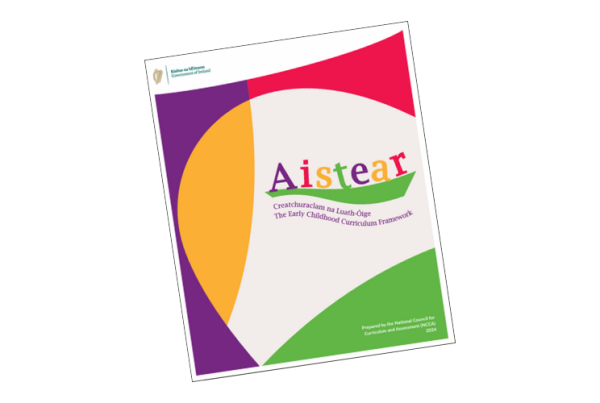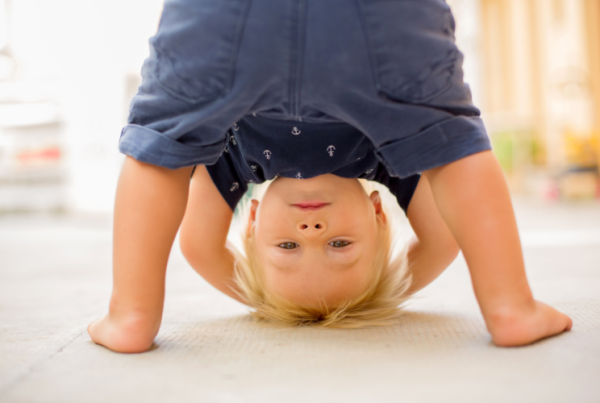Sharing the Family Photo Album with the World
Children’s lives have become intrusively visible through their portrayal on social media platforms. This has become so commonplace, children themselves, as individuals, have become invisible. They have been put on a digital world stage – their images and daily lives represented in a way that they have no control over – either now or in the future.
This article prompts adults to take care of children’s digital identity especially in sharing images and videos on public social media platforms. The aim is not to apportion blame, but to examine the legitimacy of this practice from a children’s rights perspective, the potential consequences for children and how early education settings can lead the way in effecting change.
A legitimate reason?
Capturing photographs and videos of children and sharing these with family members has been part of family life for generations. Family albums are a treasured visual memory of life involving people, time and place.
With the evolution of digital technology, a virtual family album has been opened to the world (Holloway and Green 2017). When we view social media, children are everywhere. This is a consequence of ‘Sharenting’ (Blum-Ross and Livingstone, 2017) which describes the sharing of pictures and video recordings of children online by parents. These children who are openly visible to the world, are products of social media consumerism, without a say in how they are being presented or perceived.
The modern phenomenon of ‘Digital child labour’ (Lynch, 2022) originated from the rise of social media platforms such as Instagram, YouTube, and Tick Tok to name but a few. Sharing the everyday activities and interactions of children has become commonplace amongst parents and micro-celebrities. For example, parents who are social influencers use images and videos of their children as part of paid partnerships. Similarly, parents tag their children’s images and videos for increased exposure and to generate additional followers or get noticed.
In recent years, this behaviour has become more frequent and normalised. According to Leaver (2017, p.7) ‘micro-celebrity parents can be quite influential in promoting and normalising certain shifts in parenting practices’. We see children looking cute, idealistic, playing, being embarrassed, being funny, celebrating a birthday, struggling with emotions or represented in a meme. According to Dobson and Jay (2021), an Instagram search in 2019 revealed that 24.5 million photos of children were available via ‘#children’ alone.
We also see some early childhood settings post multiple images of children to highlight what they do in their service and make photos accessible to parents. We see children so often that they have become invisible.
Looking through a rights based lens
Adults – whether parents, family or educators, have a duty to care for and protect children. In a digital world, this extends to safeguarding their digital identity online. This raises ethical questions– if we really do value children’s right to choose, privacy and protection, why are we making their images available on public platforms long before they are able to understand the possible consequences? How can we justify social media habits where aspects of children’s lives can be presented, viewed, manipulated and preserved by people other than themselves?
It is easy to accept that the family album is now digital, and this offers us many advantages and opportunities to communicate more efficiently. What is less easy to accept is why the whole world should be able to access it.
Parents being aware of risk and close maintenance of privacy settings and friend groups can greatly reduce children’s exposure. Regardless of parent permission to do so, early childhood settings should not share images of children publicly at all- full stop.
Opportunity or Risk?
The implications of creating an unauthorised digital footprint for children that they are unable to reclaim in the future are worth considering.
‘It is my image and I have a right to privacy’
When a picture of a child is posted on a public platform, the image is no longer exclusively yours – or more importantly the child’s. Terms and conditions of these platforms often state that the moment an image is uploaded onto their server, they are free to use it in any way they see fit without consent.
Openly sharing images and videos on social media can make children feel like they don’t have ownership over their own bodies or image. Children don’t really have the opportunity to disagree with adults when they post images publicly. We are actively sending a message to children that privacy is not a concern and that their image is public property.
‘My identity is mine’
Pictures contain much more than an image. They also contain metadata connected with the picture. An average digital perpetrator may very easily use this to locate a child or family member, where they live and go to school. This is especially dangerous for families who are trying to manage custody disputes, avoid child abduction by an estranged parent or family member or escape domestic violence situations.
A picture of a child with their birthday cake in pre-school can look super cute. The picture reveals a name, date of birth and location. Then, in just a few clicks, a digital perpetrator may discover the parents’ personal information. Combine all that with data breaches and social security numbers readily available on the Dark web, and you have a quick and easy recipe for identity theft – with hackers possibly obtaining credit in the child´s name. According to banking leader Barclays, risks stemming from posting children’s pictures online will account for two-thirds of identity fraud (7.4.million incidents per year) and financial scams facing young people by 2030 and will cost £667m (Coughlan, 2018).
‘I did not give my consent’
Unlike adults, children may not have been given the choice to opt in or are not mature enough to understand the potential consequences of sharing images publicly.
In France, under French privacy law, anyone convicted of publishing and distributing images of another person without their consent can face up to one year in prison and a fine equivalent to more than €50,000. Similar laws are in place in Italy.
‘I have to live with the consequences’
Even deleted posts, while apparently gone from a social media profile, could be revealed by Google search algorithms for years to come. In the future, others may be able to use information to make fun of, insult, and even bully a child.
Photos and videos of children shared on social media sometimes turn up on disturbing dark websites and forums, some of them dedicated to child pornography. This isn’t as uncommon as you might think.
According to an Australian Children’s eSafety Commissioner, one site offered at least 45 million images, half of which were photos of children taken from social media accounts. The photos were of everyday family activities but were accompanied by inappropriate comments (Peacock 2023).
Early education can lead the way
Early education promotes a strong image of the child. Informed by the Convention on the Rights of the Child (1989), principles that guide quality standards in early education view children as strong, active participants with a sense of agency. ‘Children are citizens with rights and responsibilities. They have opinions that are worth listening to and have the right to be involved in making decisions about matters which affect them. In this way, they have a right to experience democracy’ (Aistear 2009).
Early childhood services have a crucial role to play in practicing social media governance and acting as role models by advocating for children’s right to privacy. Although it is common practice to gain parental permission to share images, parents may be unaware of the potential consequences of signing these declarations.
Photography and video consent forms should outline exactly how images will be used. In addition, if using a public social media platform like Facebook or Instagram, the permission form should highlight the risk associated with sharing images in this way. At the very least, this will enable parents to make an informed decision.
If all early childhood services openly implemented rights-based practice where child safeguarding extends to digital safeguarding, this would be of significant influence on parent behaviour. An important first step is to embrace protected, child-led communication systems to share information with parents rather than using open social media and messaging platforms.
Protected, Multi-modal Digital Documentation to share with parents
Information sharing with parents and family is central to good early childhood practice, however this needs to be done in a way that safeguards the child’s privacy in so far as possible.
Recent years have seen a growing shift in early education from paper-based documentation practices to digital documentation systems such as ‘e-portfolios’ and ‘learning storybooks’. These are essentially educator tools however good systems will provide space for children to contribute to their own documentation. Child choice and voice is incorporated by enabling children to provide consent to use photos and add comments.
The Mosaic Educator multi-modal documentation system (www.mosaicearlyed.com) offers a safe alternative to public social media sites and messaging apps. A range of features bring the child’s individual personality, strengths and voice to the fore in a way that is communicated ‘in private’ to parents and nominated family members. Children’s images and videos are contained in a personal e-portfolio only accessible by the child’s parents and nominated family members. Parents can download data to personal devices and all data is deleted at one year after the child leaves the early childhood setting.
An important platform for business
It is difficult to run a business in a competitive landscape and it is natural to want to showcase what you do. Many early childhood services use open social media platforms to share images of children. This can be as a business promotion tool and/or sharing information and activities to parents. Either way, this method is unnecessary.
Proof of the wonderful work that early childhood care and education settings undertake with children does not have to be validated by sharing local child images.
Licenced stock images are widely available if they are needed for business promotion or websites. These images are tagged with a licence number related back to the subject and photographer and may be limited in number and timeframe of availability.
Alternatively local images of children can be used with privacy filters applied or images can be taken at angles that do not reveal the facial identity of the child.
Using a personal system like MOSAIC to communicate with parents rather than open platforms, could be one of the most effective marketing tools at the disposal of early childhood services as it demonstrates respect for children’s right to privacy and consent.
Conclusion
It is undeniable that children born today will have the biggest digital footprint in history. In a digital world, this is part of progress and has many, many advantages. Visual representations of children online are infused with complexities and ethical conflict- especially for those charged with protecting children.
As data collection and facial recognition software continues to improve, the potential issues facing children whose lives have been shared with the world may be limitless and unforeseeable. All adults involved in the safeguarding and protection of young children, must be aware of the consequences of oversharing on public social media platforms.
We need a much greater commitment to work together to safeguard children’s privacy. It is near impossible to prevent all negative occurrences, but we can commit to do the best we can.
Early childhood education can lead the way to change. Educators need to advocate and uphold the underpinning values of early education and be positive role models for parents and for society.
Realising that children will inherit the consequences of our online behaviour is a sobering thought.
Ref: McMonagle. A. ‘Visibly Invisible Children’ https://www.mosaicearlyed.com MOSAIC Early Education (2023).
For more on documentation techniques that respect child privacy, see McMonagle. A. (2024) A Suitcase Full of Stories: Pedagogical Documentation for Early Education. available on Amazon.com
Additional information: MOSAIC Educator www.mosaicearlyed.com is an inclusive, secure, child documentation system on a cloud-based app designed for use in early childhood services. The design of MOSAIC puts child safeguarding and child voice at its core. This includes password protected classrooms, parent authentication and secure storage compliance. In addition, the unique design of MOSAIC using an individual storybook for each child, means photos, videos and information is only accessible to the registered parent/family members outside the early childhood service. Parents can download all information to a personal device before information is deleted from a secure server at regular intervals.




